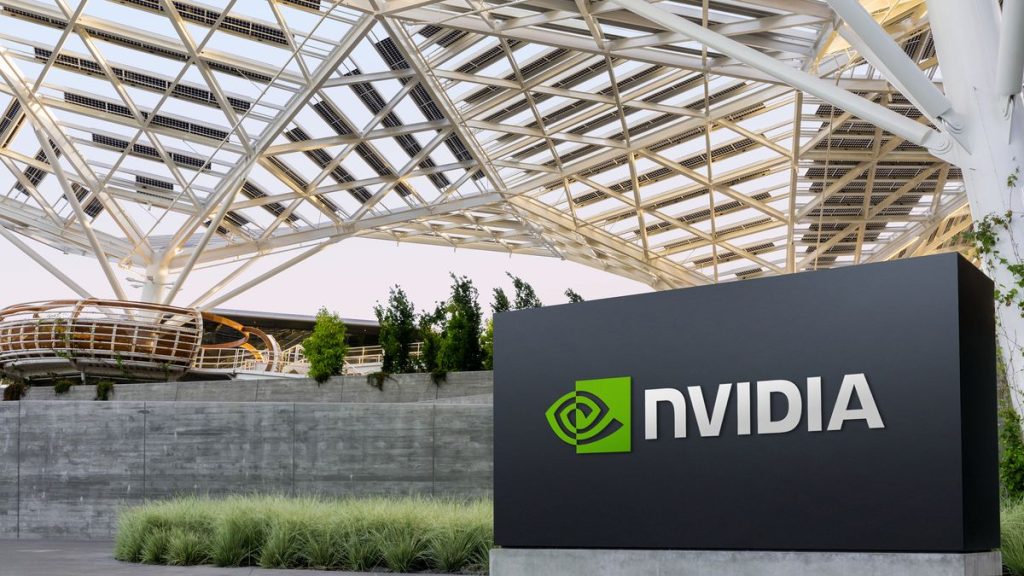At GTC 2025, Jensen Huang, the CEO of Nvidia, announced an ambitious plan to invest hundreds of billions in U.S.-made semiconductor chips over the next four years. This commitment is part of Nvidia’s strategy to decrease reliance on Asian manufacturing due to growing concerns over tariffs and geopolitical tensions surrounding Taiwan. The company is also expanding its production capabilities in the United States with Blackwell systems being manufactured domestically.
Nvidia’s Investment in U.S. Chip Production
Huang emphasized during the conference that actual production is taking place at TSMC’s facility in Arizona, stating, “We are now running production silicon in Arizona.” However, he did not specify which specific chips are being produced there or the manufacturing volumes. The term “running production silicon” indicates that real chips are being made, though it does not necessarily mean they are being produced in large quantities.
Despite the lack of clarity around production volumes, Nvidia is planning to ramp up its American manufacturing significantly. Huang noted, “Overall, we will procure, over the course of the next four years, probably half a trillion dollars’ worth of electronics in total,” indicating that several hundred billion would likely come from U.S. sources.
Although unit sales for discrete GPUs in personal computers are generally declining, the size of flagship graphics processors continues to increase. This trend has led to an expansion in Nvidia’s silicon production. Additionally, sales of Nvidia’s large data center GPUs are growing, reinforcing the rationale behind the estimated $500 billion investment in chips over the next four years.
Nvidia is renowned for its graphics processing units (GPUs) used in both consumer and data center applications. Beyond GPUs, the company develops its own central processing units (CPUs), data processing units (DPUs), NVLink switches, and various chips for automotive and embedded applications. While TSMC is the primary manufacturer of Nvidia’s silicon, the company also collaborates with other foundries for certain products.
Moreover, Nvidia’s designs incorporate components from a range of suppliers, including CPUs from AMD and Intel, as well as memory products from Micron, Samsung, and SK hynix. The company leverages additional components like retimers and power management integrated circuits (ICs) from various manufacturers. In response to increasing production needs, companies such as Micron and SK hynix are also establishing new facilities in the U.S.
The shift towards more local sourcing could lead Nvidia to increasingly procure components from American manufacturers. Future Nvidia servers will likely use AMD or Intel CPUs produced either by TSMC or Intel facilities in Arizona.
As U.S. semiconductor manufacturing capacity expands, Nvidia’s approach to investing in domestic production could reshape the landscape of chip sourcing. However, the exact financial commitment remains to be fully detailed, with speculation on whether Huang’s reference to “hundreds of billions” is closer to $125 billion or potentially between $250 billion and $300 billion, as several new fabrication plants are expected to open in the latter half of the decade.

